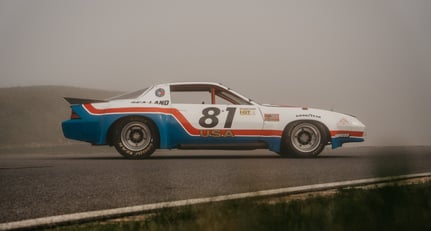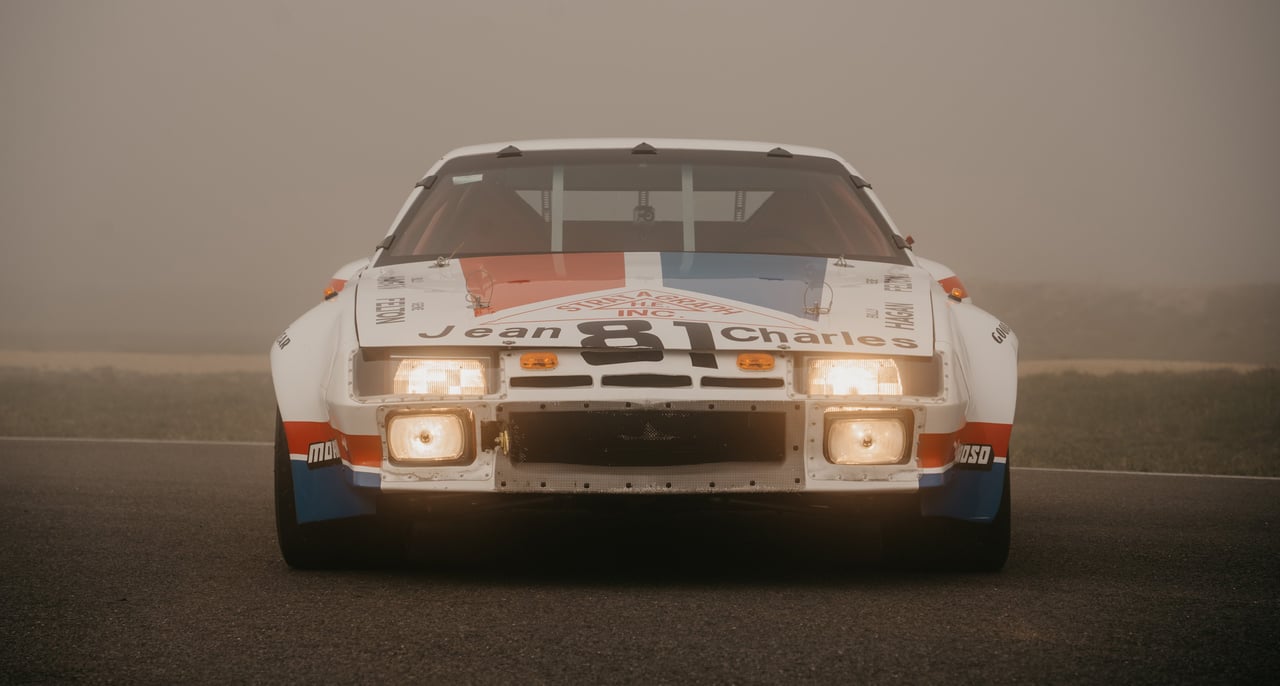
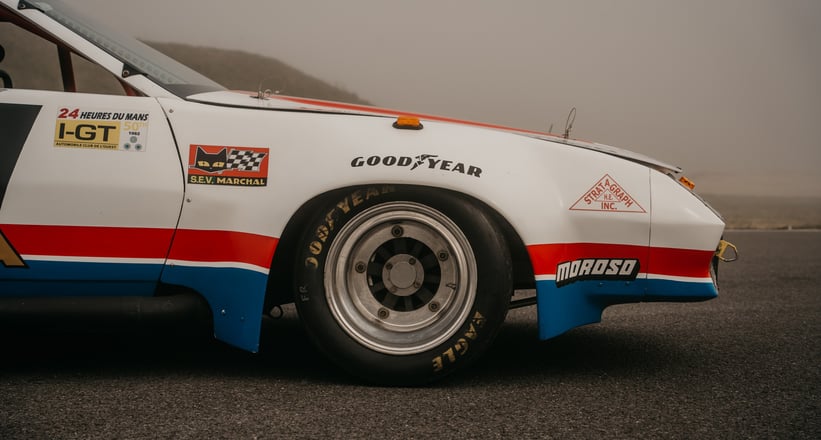
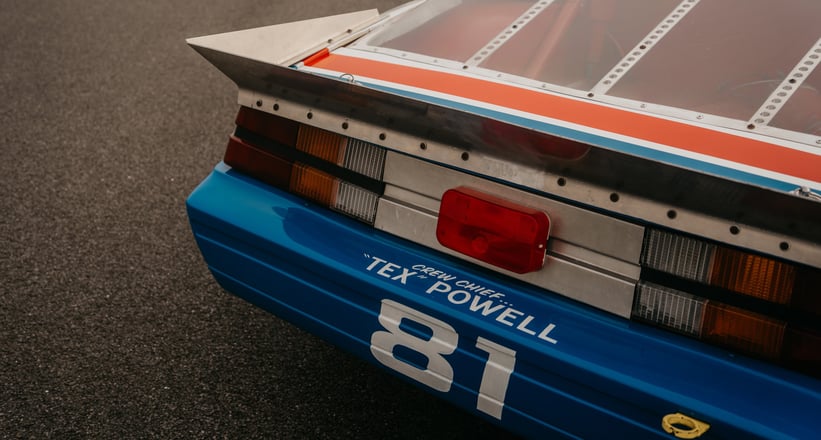
Think ‘Le Mans 24 Hours’ and the marques famed for achieving outright wins might spring to mind – Bentley in the 1920s, Jaguar in the 1950s with the C-Type, Ford and Ferrari in the 1960s and Porsche in the early 1970s with the mighty 917. While all of the above have become synonymous with the legendary race at La Sarthe, it’s often the less-remembered cars entered into the event that have the most heroic stories attached.
Cars such as the Team Stratagraph Chevrolet Camaro — pictured here and currently on sale with Swiss dealer Andreas Wüest — the venerable example of American iron that not only took second place in the GTO class at Le Mans in 1982 but which achieved an almost more impressive 17th overall out of a grid of 55 starters.
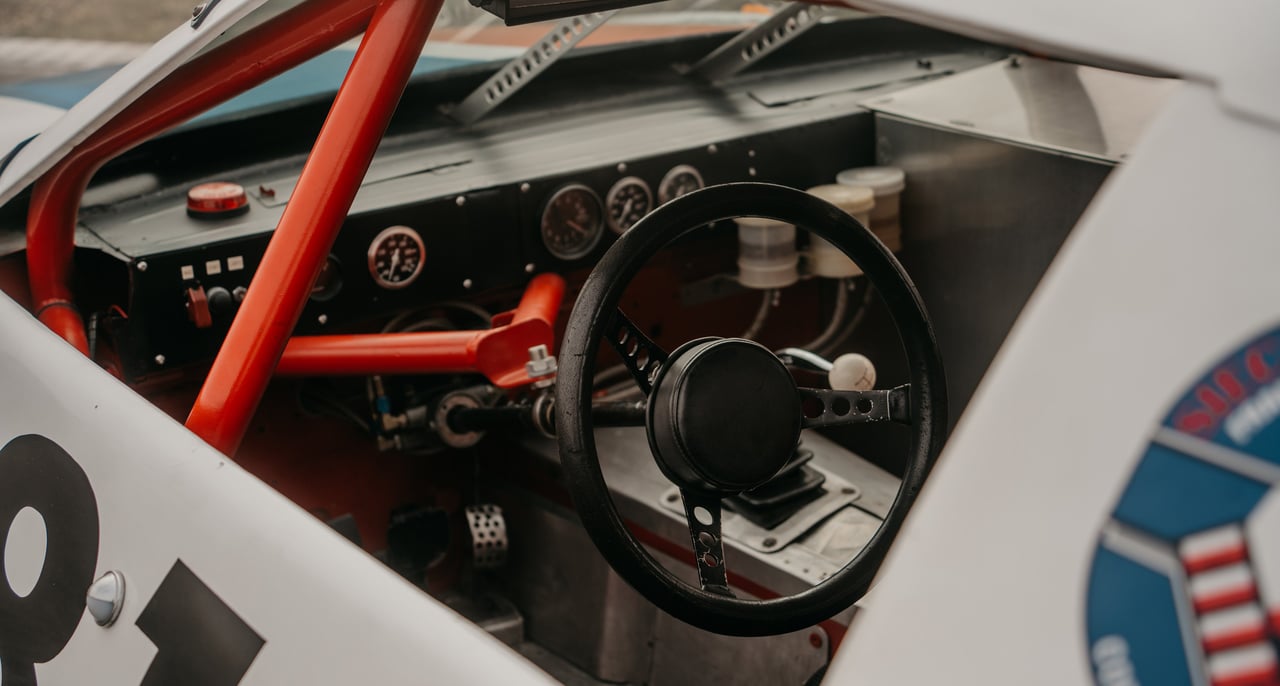
The 1982 edition was especially memorable for a number of reasons: not only was it the 50th anniversary of the 24 Hours, it was also the first year of the Group C open capacity engine formula; it marked a record-breaking sixth win for Jacky Ickx - and, as a true test of ‘endurance’, it proved to be one of the toughest ever, with 38 entrants failing to finish and several spectacular on-track incidents. Despite all this, the two Camaros entered by Stratagraph lasted for the duration, this car — carrying number 81 — achieving the aforementioned result, while its number 80 teammate ended up ‘not classified’ due to completing just 141 laps, less than the required 70 per cent of the 359 achieved by the outright-winning Porsche 956 of Jacky Ickx and Derek Bell.

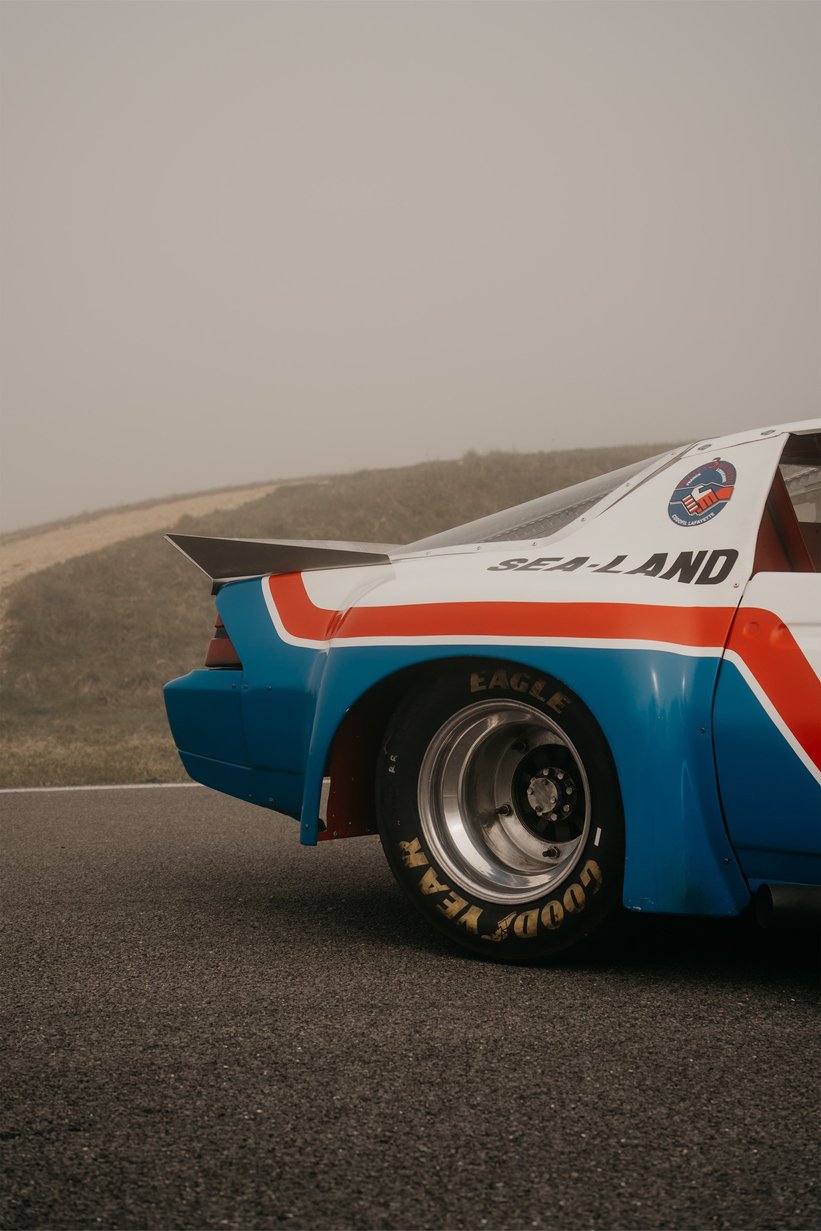
Stratagraph was a Louisiana-based oil field services company and its owner, Billy Hagan, was one of the famously tough industry’s typical Stetson-toting, country-boy-made-good characters. He set up Stratagraph in 1961 when he was just 30 years of age. Initially specialising in mud-logging, it went on to become the largest business of its type in the world, enabling Hagan to enjoy four decades as a successful driver at the head of both the Stratagraph team and Hagan Racing.
As well as his epic effort at Le Mans in 1982 (in partnership with considerably younger co-driver Gene Felton), Hagan came eighth in his first-ever race — the inaugural Talladega 500 of 1969 — won the 1984 Winston Cup Series championship outright, racked up multiple pole positions and individual race victories and set a whole line-up of rookie racers on the path to success.

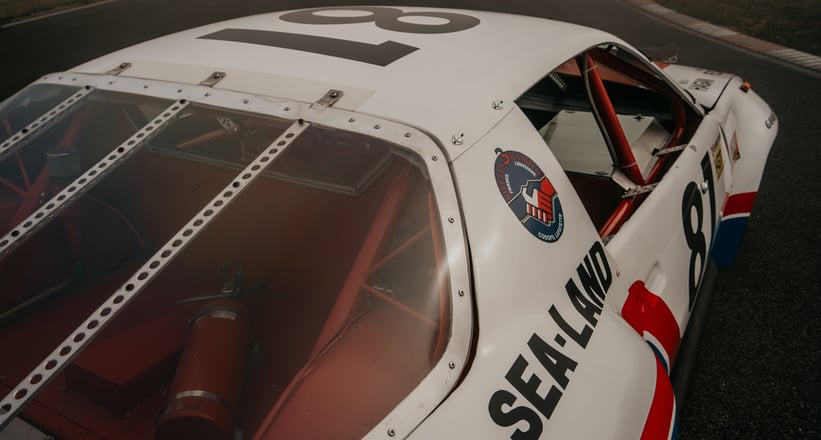
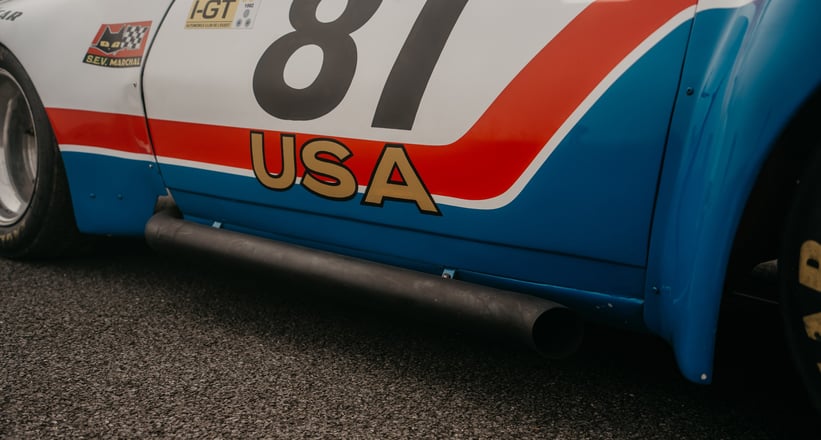
Being open-minded and having a love of travel, Hagan saw a bonus in racing in the sense that it allowed him to see and discover the world – and by 1982 he was no stranger to Europe, having already taken part in races on the continent and, the previous year, had his first crack at Le Mans with triple NASCAR champion Cale Yarborough as a team-mate.
The 1981 Stratagraph Camaro ran an aluminium ‘stock block’ 390 cubic inch V8 that put out 620 horsepower and could push the car to almost 200mph on the Mulsanne straight, but catastrophic brake failure just two hours and 13 laps in put paid to any hope of success.
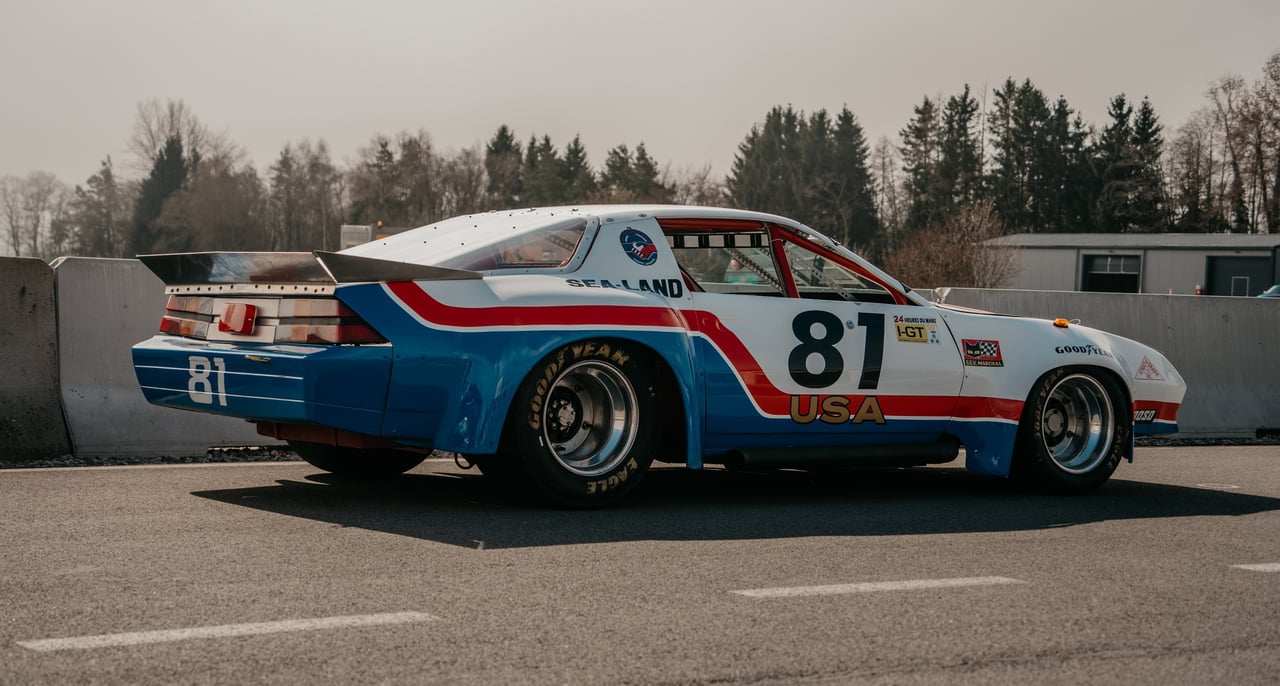
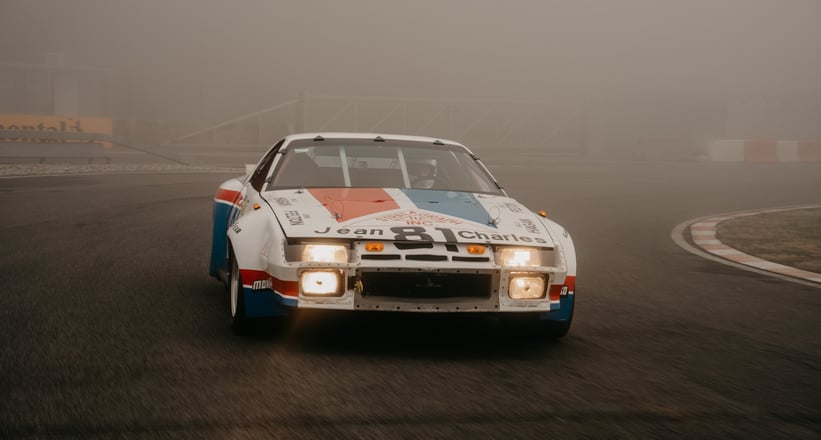
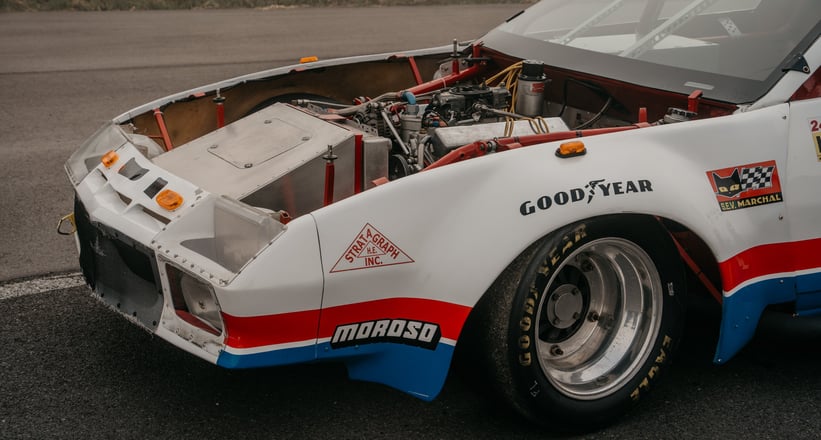
Undeterred, Hagan returned in 1982 with two more Camaros built by Tex Powell’s Tex Racing Enterprises, this time with 350 cubic inch small block engines. Both used chassis by the highly respected Wisconsin (and later North Carolina) specialist Dennis Frings, with this car proving especially successful. Not only did it perform superbly at Le Mans, but it went on to win the inaugural GP Miami IMSA GTO Grand Prix the following year and then came sixth overall in the GTO class at the 1984 24 Hours of Daytona. That same year, Hagan and his teammates took the seemingly unstoppable war horse to a class win and eighth-overall finish at that year’s Sebring 12 Hours.
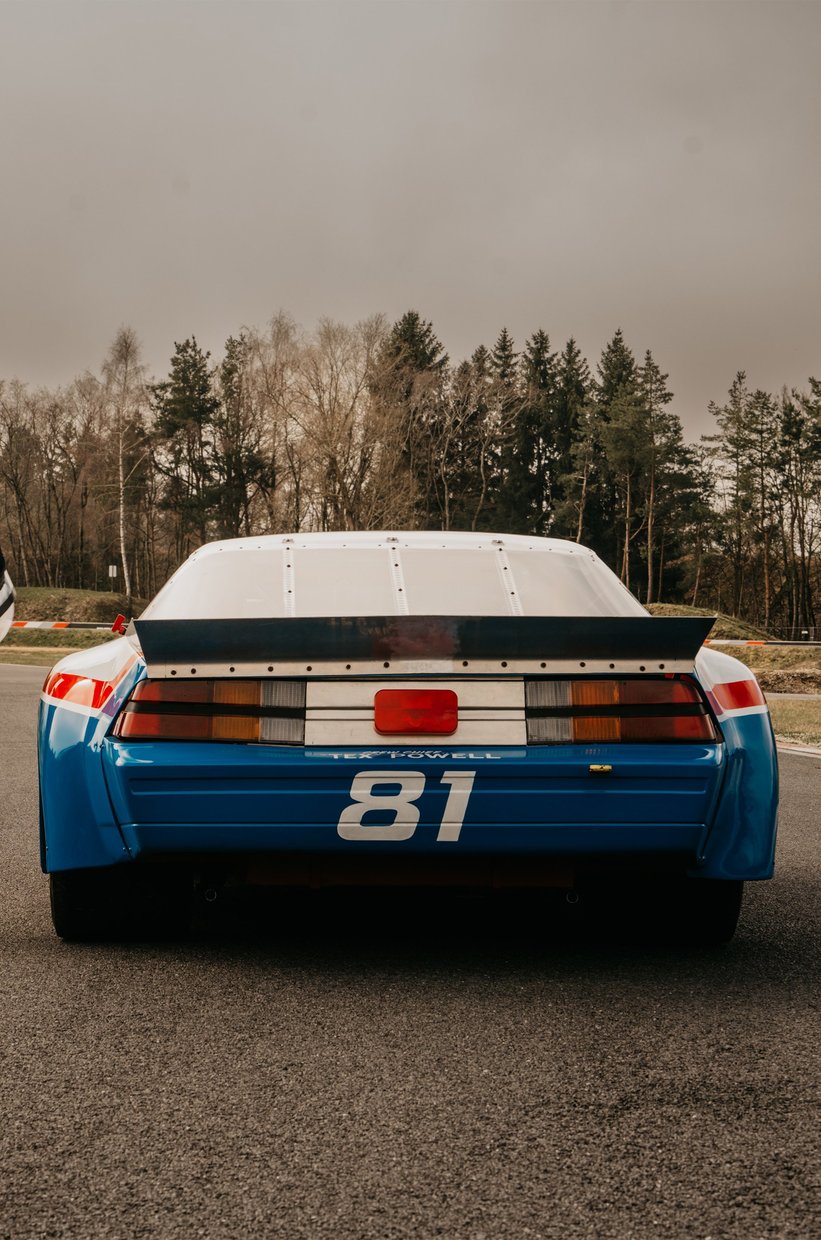
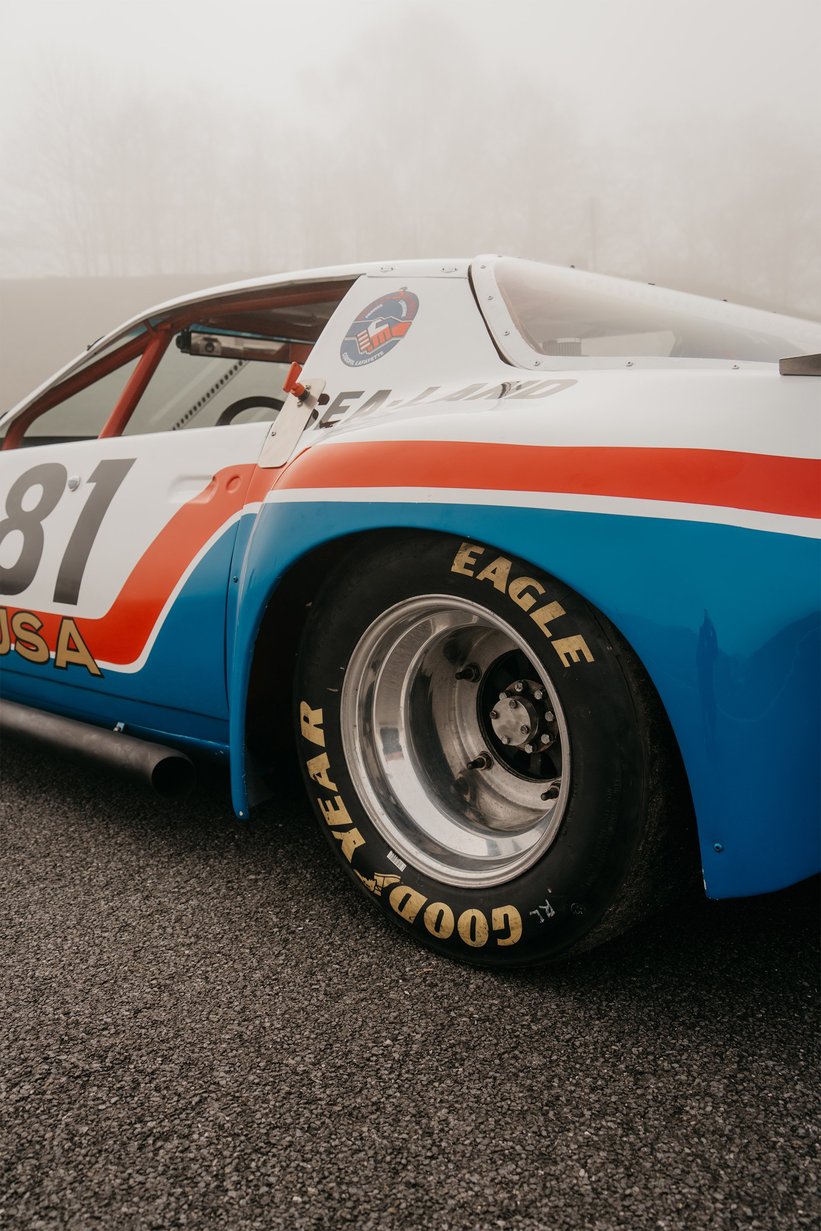
After that, Hagan moved it on and it ended up in the hands first of sports car racer Chauncey Maggiacomo and then engineer Hoyt Overbaugh, each of whom raced it regularly at circuits including Sebring, Watkins Glen and Daytona. Importantly, each owner remained in contact with Powell, who continued to supply driveline components and impart his special knowledge of the Camaro all the way through the 1980s and 1990s. It was only natural, then, that the car’s current owner called on Powell to play a significant part in its meticulous restoration to its 1982 Le Mans specification – not least since Powell had been the Stratagraph team’s Le Mans crew chief.
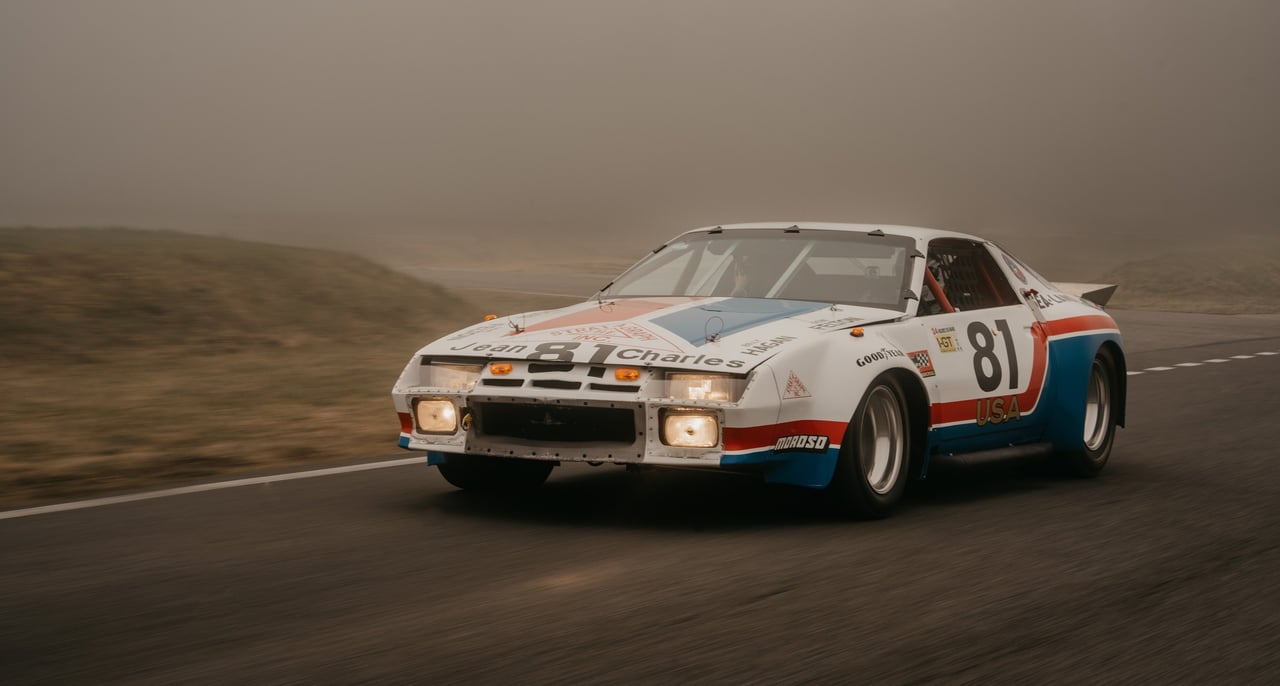
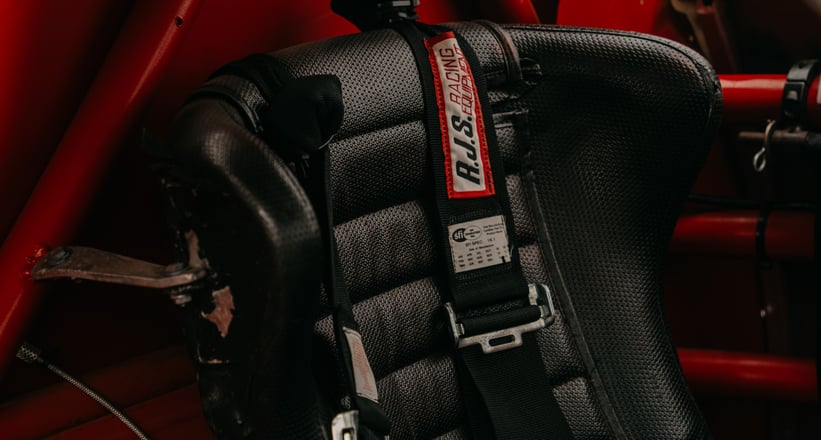

Many parts used in the rebuild came directly from the stores of Hagan’s race workshop, where they had been safely kept for more than two decades, with every mechanical component being either rebuilt or replaced to original specification. North Carolina race team Petty Enterprises (which ran from 1949 until its closure in 2008) rebuilt the motor to a capacity of 358 cubic inches, while the Camaro’s external appearance pays a perfect tribute to its finest hour at Le Mans in 1982.
That means the same, massively flared wheel arches enclosing the huge race wheels and bodywork finished in the correct Stratagraph livery, most of which has been sign-written by hand. Marchal rally lamps complete the picture and, along with a remarkably comprehensive tubular roll cage and otherwise spartan interior, give the impression that the car has just been prepared to take to the Le Mans grid tomorrow.
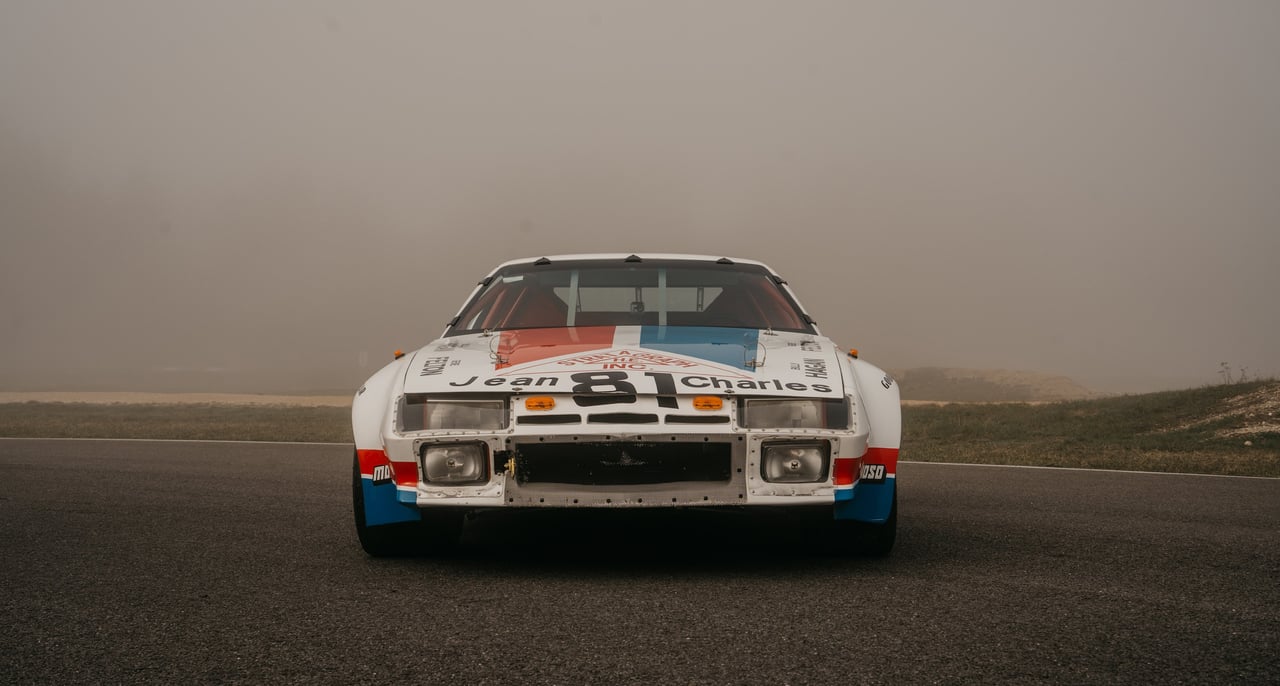
Unused since restoration – as evinced by the gleaming, red-painted underside – it will be supplied by Andreas Wüest with a fascinating history file attesting to its successful Le Mans outing in 1982, including the original acceptance letter from the Automobile Club de L’Ouest, a “Thank you for attending” letter, a book of race rules and several period images of the car racing at La Sarthe. One thing all of the above doesn’t convey, however, is the thunderous sound put out by the tuned V8’s race pipes. Ear plugs inside your race helmet? Definitely recommended…
Photos by Alpineracer
